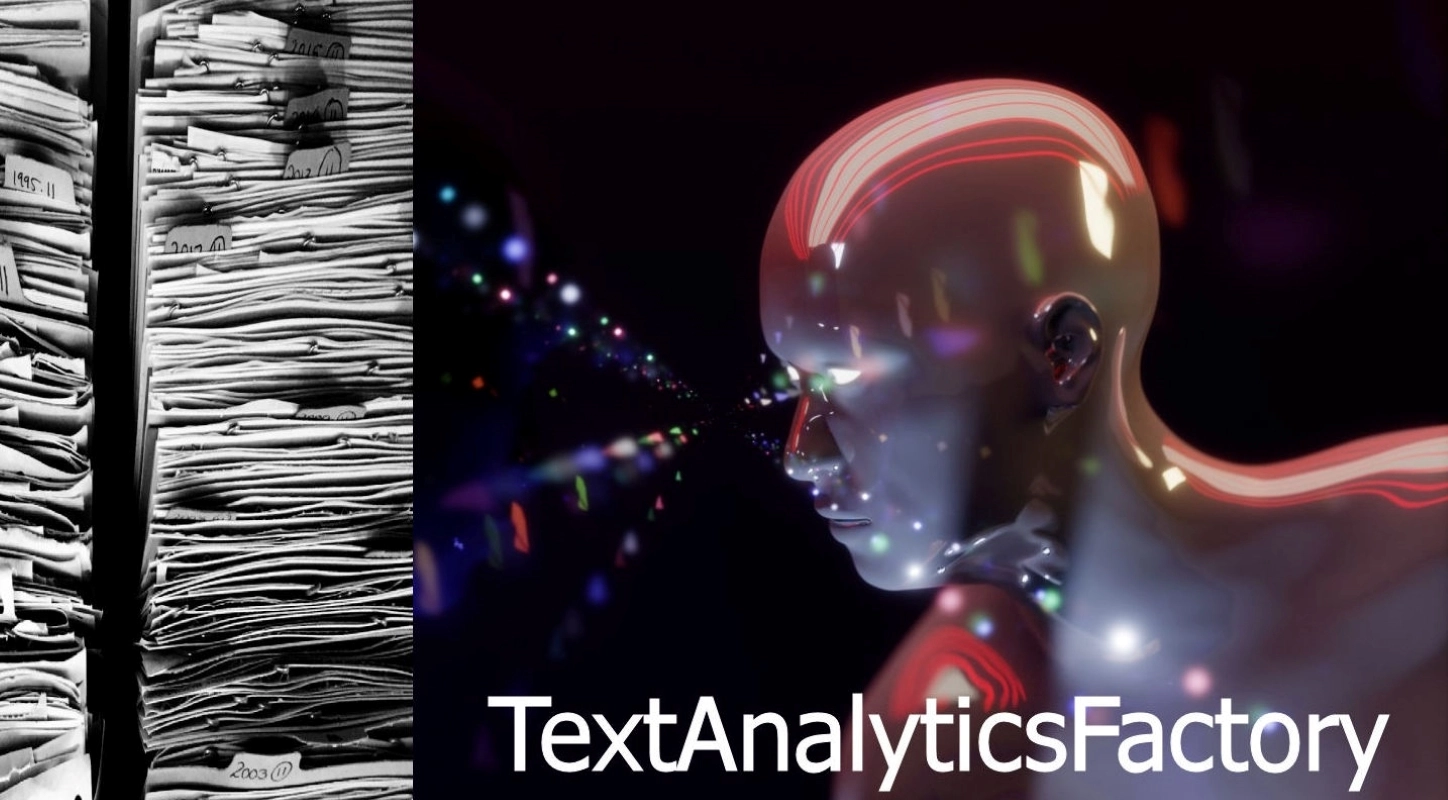Author(s)
Barros, Renata;Piessens, Kris;team, the GeoConnect³d
Book, Journal
NA NA, NA, NA 2021-03-03
Abstract
The transition towards a clean and low carbon energy system in Europe will increasingly rely on the use of the subsurface. Despite the vastness of subsurface space, only a fraction of it is suitable for the exploitation of geo-resources. The distribution and fitting combination of required conditions is determined by geological processes. We are, therefore, constrained in where we can develop resources and capacities. Moreover, increased subsurface use in a restricted area will inevitably lead to high chances of interferences and conflicts of interest. This means that sound geological information is essential to optimise the subsurface contribution to a safe and efficient energy transition.Within this scope, the main goal of the GeoConnected project is to convert existing geological data into an information system that can be used for various geo-applications, decision-making, and subsurface spatial planning. This is being accomplished through the innovative structural framework model, which reorganises, contextualises, and adds value to geological data. The model is primarily focused on geological limits, or broadly planar structures that separate a given geological unit from its neighbouring units. It also includes geomanifestations, highlighting any distinct local expression of ongoing or past geological processes. These manifestations, or anomalies, often point to specific geologic conditions and, therefore, can be important sources of information to improve geological understanding of an area.Geological data in this model are composed of spatial data at different scales, with a one-to-one link between geometries and their specific attributes (including uncertainties), and of semantic data, with data organised conceptually and categorised and/or linked using SKOS hierarchical and generic schemes. Concepts and geometries are linked by a one-to-many relationship. The combination of these elements then results in a multi-scale, harmonised and robust model.The structural framework-geomanifestations methodology has now been applied to different areas in Europe. The focus on geological limits brings various advantages, such as displaying geological information in an explicit, and therefore more understandable, way, and simplifying harmonisation efforts in large-scale geological structures crossing national borders. The link between spatial and semantic data is the essential step adding conceptual definitions and interpretations to geometries. Additionally, geomanifestation data successfully validates or points to inconsistencies in specific areas of the model, which can then be further investigated.The model demonstrates it is possible to gather existing geological data into a comprehensive knowledge system. We consider this as the way forward towards pan-European integration and harmonisation of geological information. Moreover, we identify the great potential of the structural framework model as a toolbox to communicate geosciences beyond our specialised community. This is an important step to support subsurface spatial planning towards a clean energy transition by making geological information available to all stakeholders involved.This project has received funding from the European Union's Horizon 2020 research and innovation programme under grant agreement No 731166.
DOI
http://dx.doi.org/10.5194/egusphere-egu21-1218
NA: Nicht verfügbar












